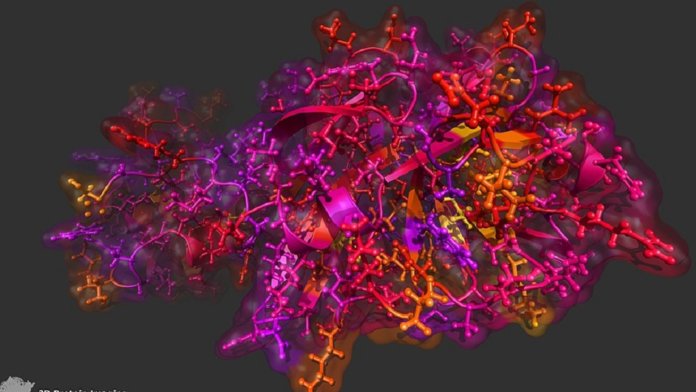Coronavirus has been all over the news for the last couple weeks. A dedicated hospital sprang up in just eight days, the stock market took a hit, Chinese New Year celebrations were spoiled, and travel restrictions are in effect.
But let’s rewind a bit; some crucial events took place before we got to this point.
A little under two weeks before the World Health Organization (WHO) alerted the public of the coronavirus outbreak, a Canadian artificial intelligence company was already sounding the alarm. BlueDot uses AI-powered algorithms to analyze information from a multitude of sources to identify disease outbreaks and forecast how they may spread. On December 31st 2019, the company sent out a warning to its customers to avoid Wuhan, where the virus originated. The WHO didn’t send out a similar public notice until January 9th, 2020.
The story of BlueDot’s early warning is the latest example of how AI can improve our identification of and response to new virus outbreaks.
Predictions Are Bad News
Global pandemic or relatively minor scare? The jury is still out on the coronavirus. However, the math points to signs that the worst is yet to come.
Scientists are still working to determine how infectious the virus is. Initial analysis suggests it may be somewhere between influenza and polio on the virus reproduction number scale, which indicates how many new cases one case leads to.
UK and US-based researchers have published a preliminary paper estimating that the confirmed infected people in Wuhan only represent five percent of those who are actually infected. If the models are correct, 190,000 people in Wuhan will be infected by now, major Chinese cities are on the cusp of large-scale outbreaks, and the virus will continue to spread to other countries.
Finding the Start
The spread of a given virus is partly linked to how long it remains undetected. Identifying a new virus is the first step towards mobilizing a response and, in time, creating a vaccine. Warning at-risk populations as quickly as possible also helps with limiting the spread.
These are among the reasons why BlueDot’s achievement is important in and of itself. Furthermore, it illustrates how AIs can sift through vast troves of data to identify ongoing virus outbreaks.
BlueDot uses natural language processing and machine learning to scour a variety of information sources, including chomping through 100,000 news reports in 65 languages a day. Data is compared with flight records to help predict virus outbreak patterns. Once the automated data sifting is completed, epidemiologists check that the findings make sense from a scientific standpoint, and reports are sent to BlueDot’s customers, which include governments, businesses, and public health organizations.
AI for Virus Detection and Prevention
Other companies, such as Metabiota, are also using data-driven approaches to track the spread of the likes of the coronavirus.
Researchers have trained neural networks to predict the spread of infectious diseases in real time. Others are using AI algorithms to identify how preventive measures can have the greatest effect. AI is also being used to create new drugs, which we may well see repeated for the coronavirus.
If the work of scientists Barbara Han and David Redding comes to fruition, AI and machine learning may even help us predict where virus outbreaks are likely to strike—before they do.
The Uncertainty Factor
One of AI’s core strengths when working on identifying and limiting the effects of virus outbreaks is its incredibly insistent nature. AIs never tire, can sift through enormous amounts of data, and identify possible correlations and causations that humans can’t.
However, there are limits to AI’s ability to both identify virus outbreaks and predict how they will spread. Perhaps the best-known example comes from the neighboring field of big data analytics. At its launch, Google Flu Trends was heralded as a great leap forward in relation to identifying and estimating the spread of the flu—until it underestimated the 2013 flu season by a whopping 140 percent and was quietly put to rest.
Poor data quality was identified as one of the main reasons Google Flu Trends failed. Unreliable or faulty data can wreak havoc on the prediction power of AIs.
In our increasingly interconnected world, tracking the movements of potentially infected individuals (by car, trains, buses, or planes) is just one vector surrounded by a lot of uncertainty.
The fact that BlueDot was able to correctly identify the coronavirus, in part due to its AI technology, illustrates that smart computer systems can be incredibly useful in helping us navigate these uncertainties.
Importantly, though, this isn’t the same as AI being at a point where it unerringly does so on its own—which is why BlueDot employs human experts to validate the AI’s findings.
Image Credit: Coronavirus molecular illustration, Gianluca Tomasello/Wikimedia Commons



